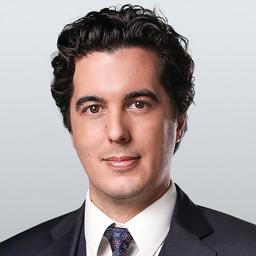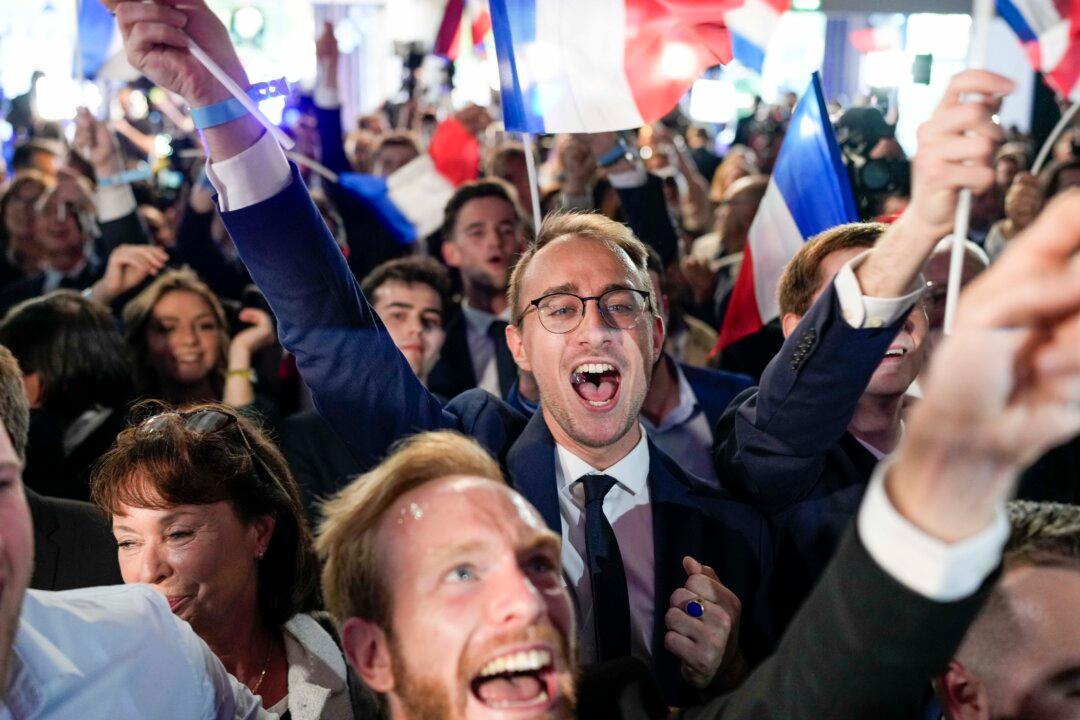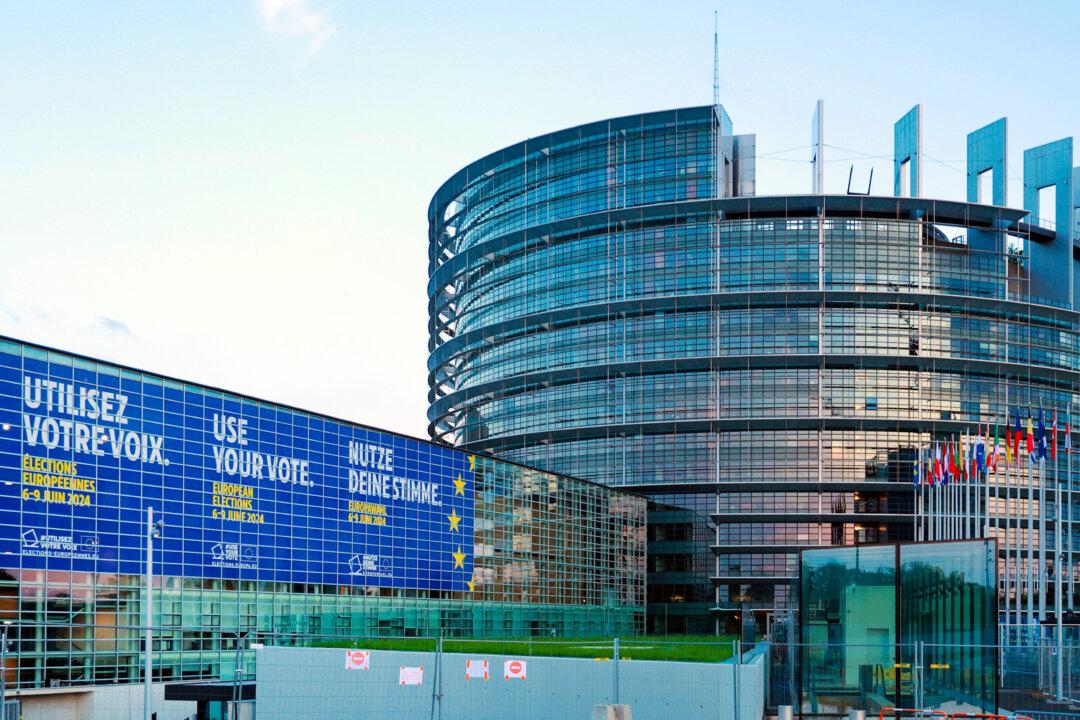Writer, filmmaker, and researcher Christopher Rufo realized while working on a documentary that the ideology of prison gangs that leads to racial segregation in prisons holds similarities to the critical race theory (CRT) being promoted in society.
Rufo noticed that although the phenomenon of prison gangs and the development of CRT are different and disparate, by comparing the two and analyzing the outcome of gang activities in the California prison system, he would be able to draw conclusions as to where CRT could lead society.






